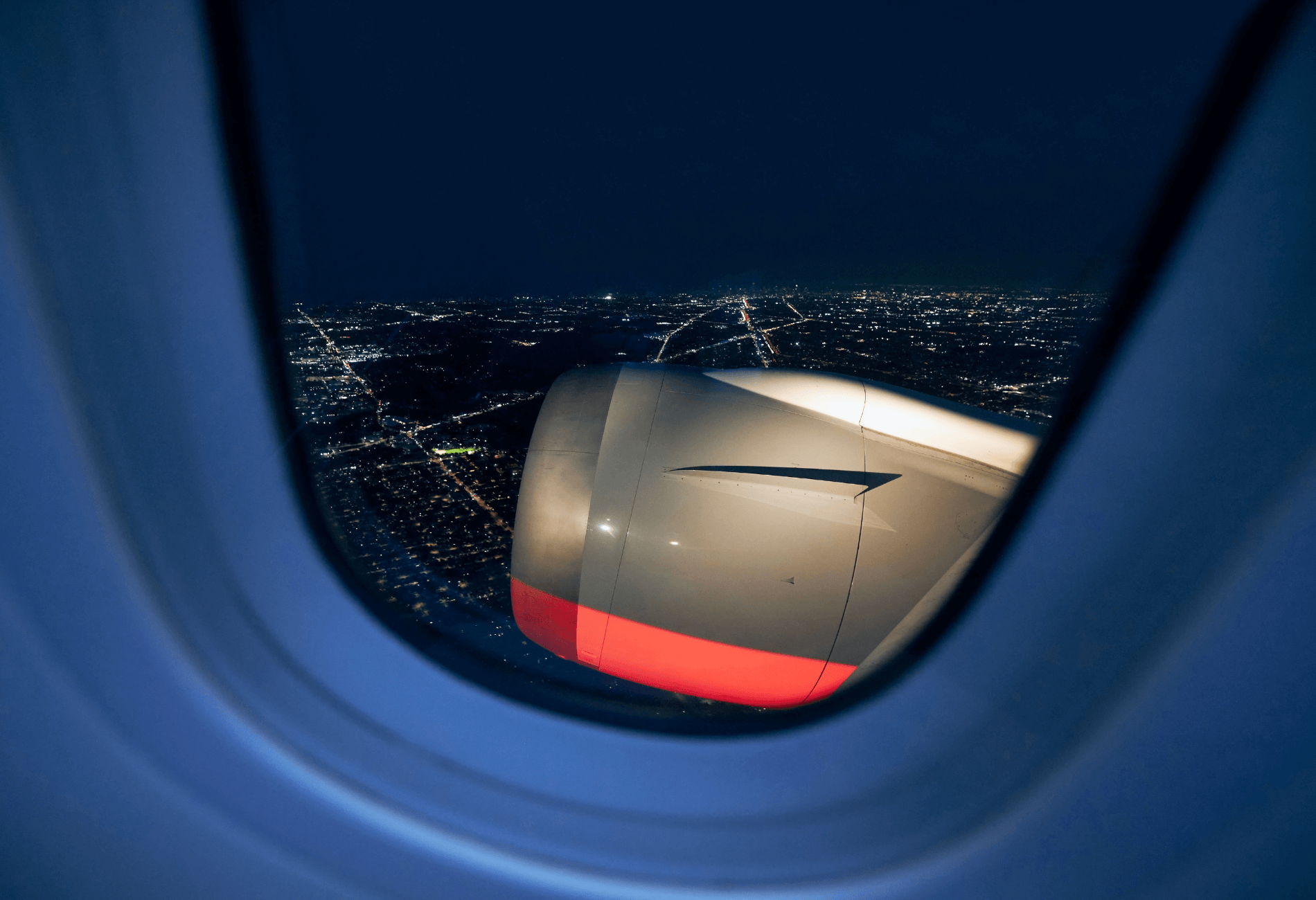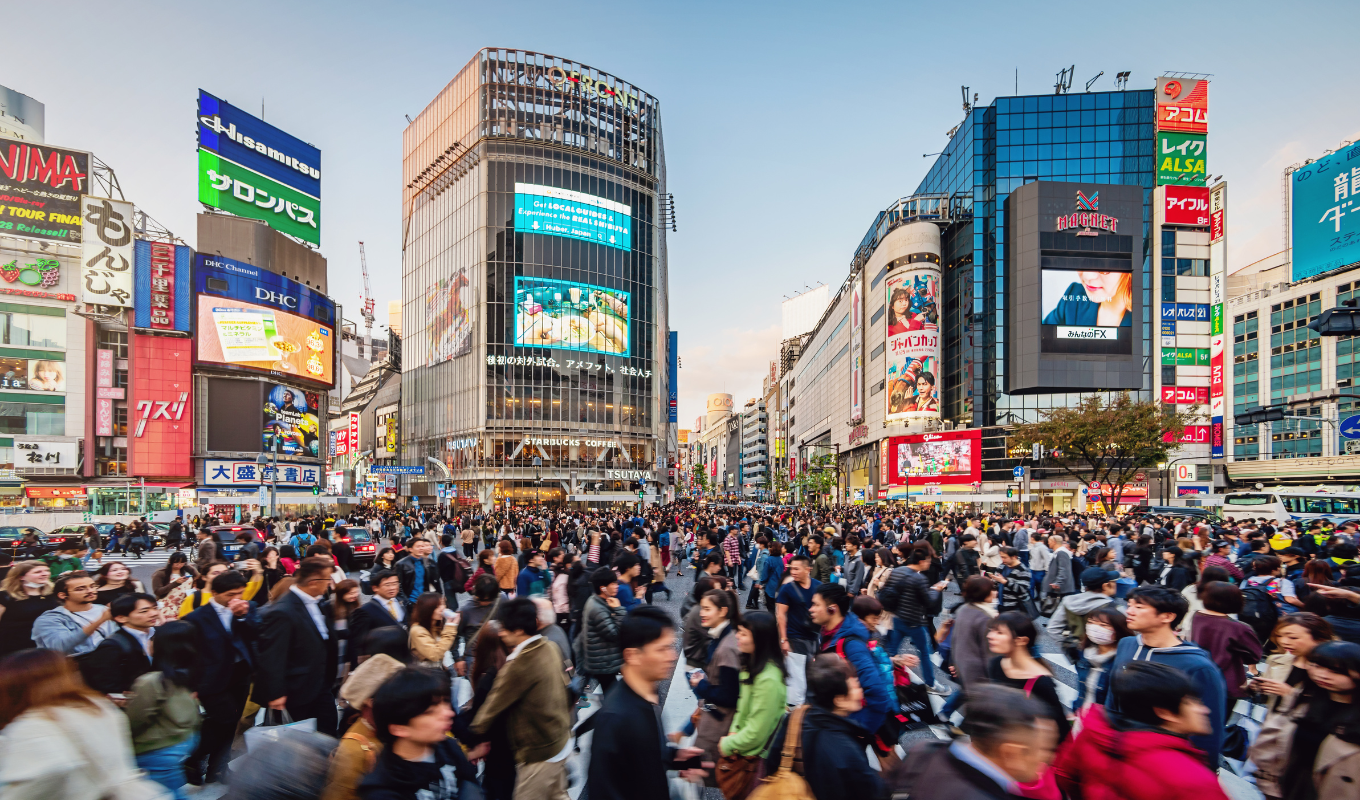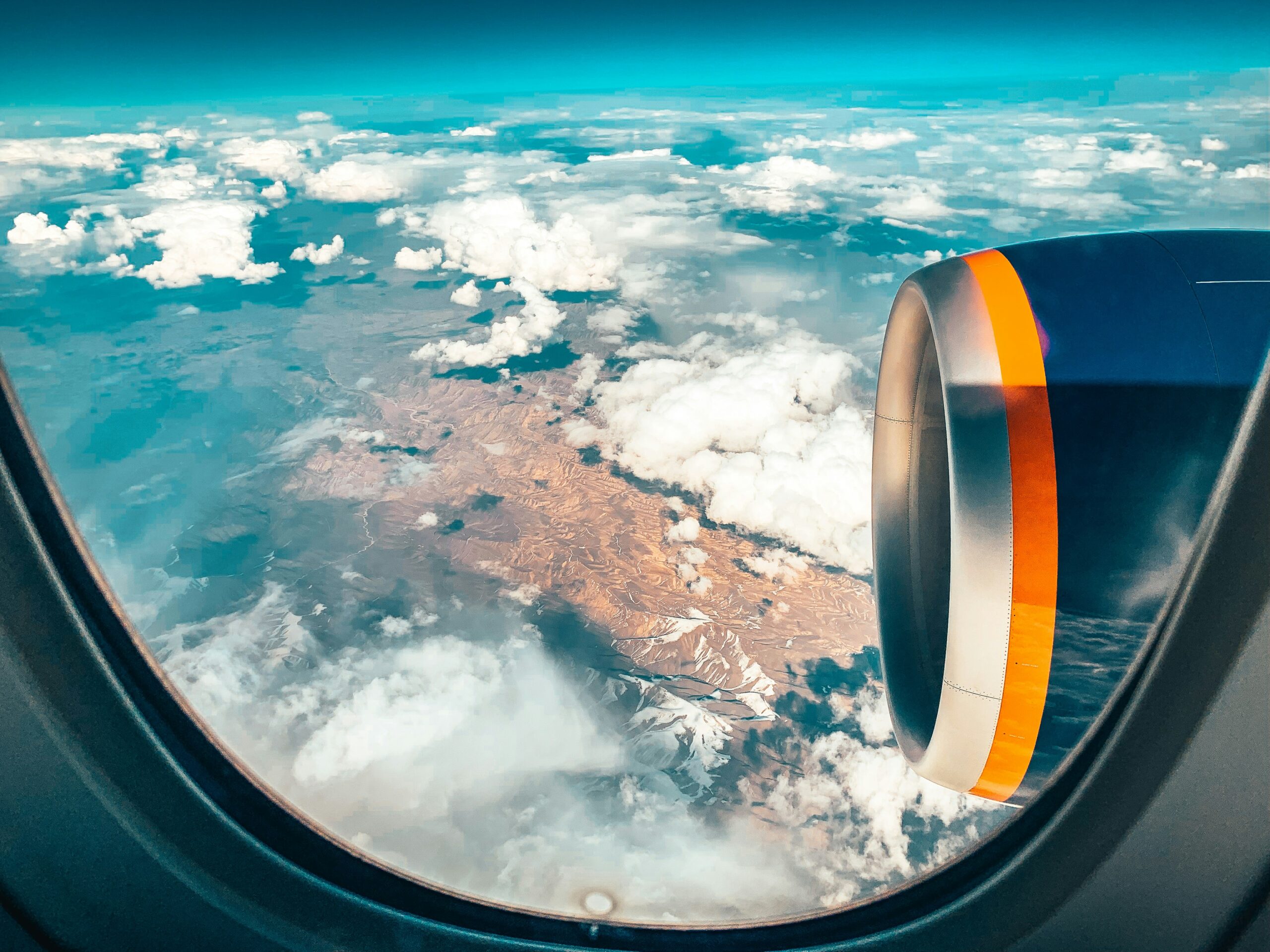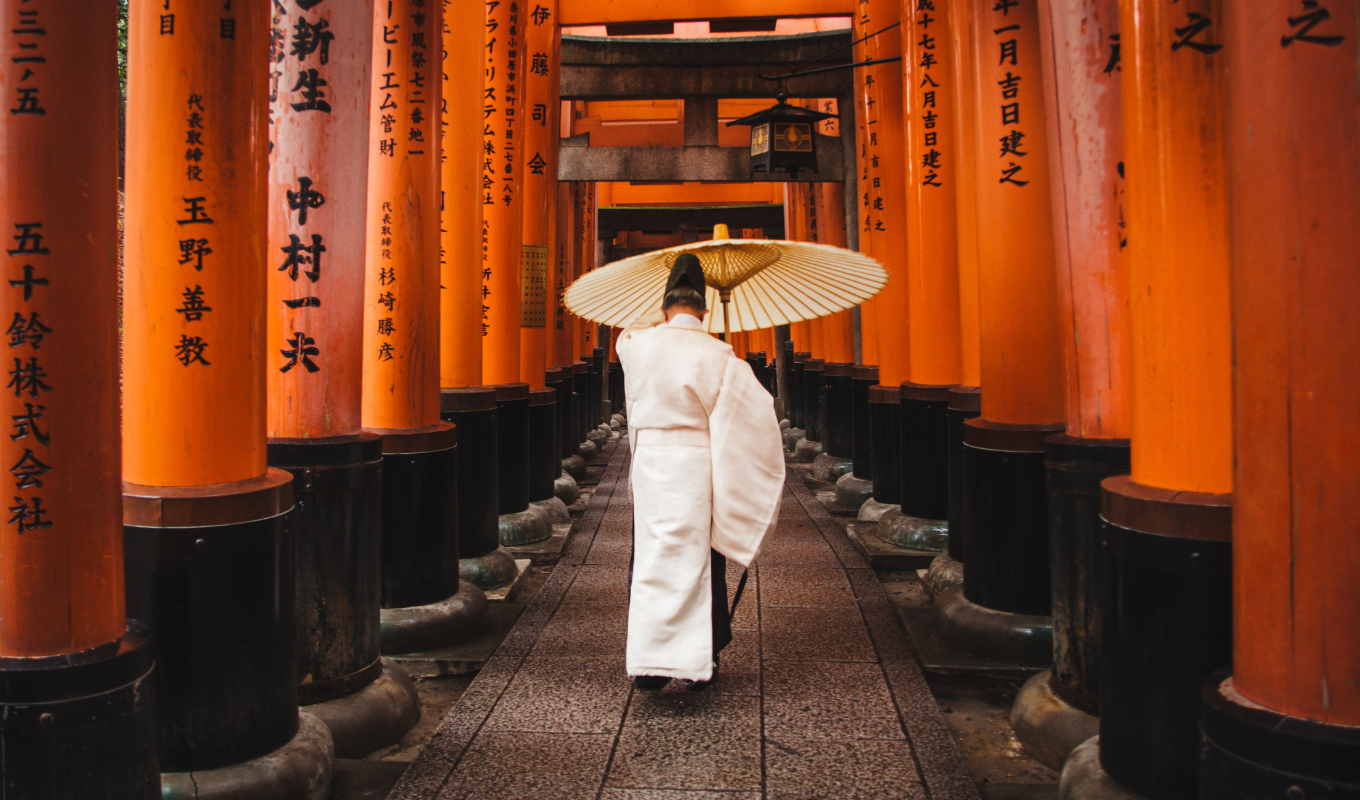If you’ve ever wondered, “What is a red eye flight?” or considered taking one to save time or money, you’re not alone. In my early days of travel, I had no clue what the concept meant. Once I figured it out, it took me a while to learn the do’s and donts of red eye travel.
Red eye flights offer a unique travel experience that many frequent flyers take advantage of. But is this overnight journey right for you?
In this guide, I’ll break down everything you need to know about red eye flights, including when it’s best to take one, the benefits and downsides, and when you should arrive for a midnight flight.
Whether you’re trying to save on airfare, avoid the midday rush, or simply make the most of your travel time, let me help you decide if red eye flights are a good fit for your next trip.
A red eye flight refers to any flight that departs late at night and arrives at its destination in the early morning hours. The term “red eye” comes from the physical appearance of passengers after a night of minimal sleep, often resulting in tired, bloodshot eyes.
These flights typically depart between 9 pm and midnight and land between 5 am and 7 am, making them a popular choice for those looking to maximize their time at their destination.
When is it best to take a red eye flight?
Red eye flights offer several advantages for specific types of travelers, but they’re not for everyone. Here are some scenarios when booking a red eye can be particularly beneficial:
1. Maximizing time
If you’re traveling for business or have a short trip, a red eye allows you to make the most of your time. You can fly overnight, arrive in the morning, and start your day without missing out on work or activities.
2. Avoiding traffic and crowds
With fewer people opting for late-night travel, airports are typically less crowded during red eye flight times. Security lines, baggage check-ins, and other processes tend to be faster and less stressful compared to midday flights.
3. Cheaper fares
Red eye flights are often cheaper than daytime flights, making them an attractive option for budget-conscious travelers. Airlines price these flights lower because fewer passengers prefer to travel during off-peak hours. If you’re looking to save money on airfare, a red eye flight might be the way to go.
4. Better flight conditions
Red eye flights usually experience smoother air traffic control and reduced flight delays since fewer planes are in the sky during these hours.
When should you avoid a red eye flight?
Despite the potential advantages, red eye flights aren’t always ideal. Just ask me—I’ve mad all the mistakes! Here are some reasons you may want to avoid booking one:
1. Disrupted sleep patterns
If you’re someone who struggles with sleeping in unfamiliar or uncomfortable situations, red eye flights can leave you feeling exhausted. Arriving at your destination without enough rest may affect your ability to enjoy your trip.
2. Time-sensitive arrivals
If you need to arrive at your destination alert and ready for important activities, consider avoiding a red eye. The sleep deprivation might leave you feeling sluggish, making it hard to focus or be productive.
3. A short red eye
If your red eye is less than five hours, consider that you’ll likely be awake for the first 30 minutes after takeoff, the last 30 before arrival, and intermittently due to announcements. I’ve made this mistake too many times when the goal was to hit the ground running once landed. Instead, I’ve felt groggy and needed to take a nap.
4. Traveling with kids
Flying overnight with children can be challenging, especially if they struggle with sleeping on planes. Managing their needs during the flight and dealing with overtired kids upon arrival can add unnecessary stress to your trip.
5. Long layovers
I once made the mistake of taking a red eye flight to Miami on my way to the Dominican Republic. I arrived at the airport at 6 am, but my flight from Miami to my final destination wasn’t for another two hours. I had only slept three hours on the plane and was dealing with time change from Los Angeles to Miami. I was so out of it I tried to sleep at my gate, but the bustle of morning travel and my anxiety about missing my connection were constant disruptors.
When should I arrive for a midnight flight?

For a red eye or midnight flight, the rule of thumb is to arrive at least two hours before a domestic flight and three hours before an international flight. This ensures you have enough time to check your bags, clear security, and settle in before boarding. Since late-night flights are typically less crowded, lines might move faster, but it’s always a good idea to play it safe and arrive early.
What to expect on a red eye flight
Red eye flights are similar to daytime flights, but they come with a few key differences:
- Dimmed cabin lights: Shortly after takeoff, cabin lights are usually dimmed to encourage passengers to rest. Many people opt to sleep during the flight.
- Quieter cabin: Passengers tend to speak softly, and there is less overall noise as most people are trying to rest.
- Limited meal service: Depending on the airline, meal service may be scaled down or skipped entirely to avoid disturbing passengers during their sleep.
Duration of a red eye flight
Red eye flights typically range from four to six hours, but some long-haul red eyes can last much longer, especially if you’re flying internationally. Shorter red eye flights may not give you enough time to rest (as I’ve witnessed too many times), which can leave you feeling more tired than you’d expect.
For flights that are five-plus hours long, you’ll likely get a better chance at sleep, making them more manageable for many travelers.
Dos and don’ts of a red eye flight
Red eye flights typically range from four to six hours, but some long-haul red eyes can last much longer, especially if you’re flying internationally. Shorter red eye flights may not give you enough time to rest (as I’ve witnessed too many times), which can leave you feeling more tired than you’d expect.
For flights that are five-plus hours long, you’ll likely get a better chance at sleep, making them more manageable for many travelers.
✅ Dos
- Book a window seat: This allows you to lean against the window and avoid being disturbed by fellow passengers getting up to use the restroom.
- Bring sleep aids: Whether it’s a neck pillow, eye mask, or noise-canceling headphones, pack items that will help you sleep.
- Hydrate before the flight: Airplane cabins are notoriously dry, so drink plenty of water before and during the flight to avoid dehydration.
- Plan for recovery: If you’re worried about being too tired to function upon arrival, plan to take a nap or schedule lighter activities for your first day.
❌ Don’ts
- Don’t drink too much caffeine: While it’s tempting to stay awake or energized, too much caffeine can make it harder to fall asleep during the flight.
- Don’t overeat: A large meal before your flight can make you feel bloated or uncomfortable, making it harder to sleep.
Tips for managing a red eye flight

Taking a red eye flight can be a great way to maximize your time, but it can also leave you feeling exhausted if you’re not prepared. To make your overnight journey as smooth and comfortable as possible, here are some practical tips to help you manage your red eye flight.
- Book a window seat: This allows you to lean against the window and avoid being disturbed by fellow passengers getting up to use the restroom.
- Bring sleep aids: Whether it’s a neck pillow, eye mask, or noise-canceling headphones, pack items that will help you sleep.
- Hydrate before the flight: Airplane cabins are notoriously dry, so drink plenty of water before and during the flight to avoid dehydration.
- Plan for recovery: If you’re worried about being too tired to function upon arrival, plan to take a nap or schedule lighter activities for your first day.
Final thoughts
By following these tips and understanding the pros and cons of red eye flights, you can make an informed decision about whether this travel option suits your needs. Whether you’re trying to maximize time, save money, or simply enjoy a less crowded travel experience, red eye flights can be a convenient and budget-friendly way to reach your destination.











